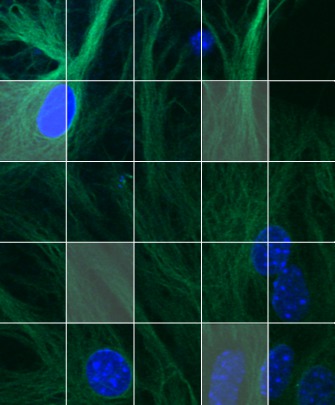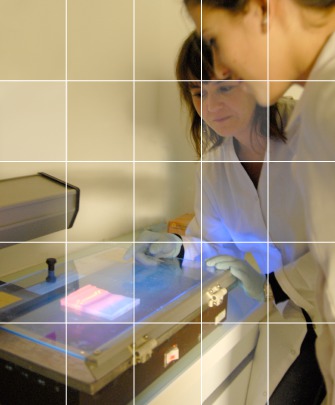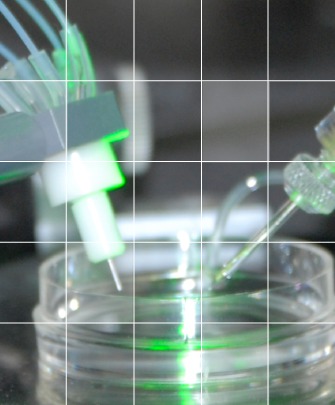WELCOME
The Institute of Functional Genomics (IGF) is a multidisciplinary research centre which is developing a project focused on the functional genomics of physiological and pathological cellular communications in the fields of neurobiology, endocrinology, oncology and cardiology.
This project is based on a multi-scale strategy from 'molecule to systems' and combines structural, biochemical, genetic, epigenetic, omics, physiological and behavioural studies. A major effort is paid to the development of single-cell studies through multiple dimensions and multi-omic approaches, that are necessary to address the complexity of life.
The project of IGF is increasingly based on translational research, promoted by the recruitment of teams of clinicians from different fields (neurovascular, diabetology, neuro-oncology and psychiatry). The objective is to identify new mechanisms and concepts in the field of cellular communications, in order to develop new therapeutic strategies and diagnostic tools.


Thomas GRUTTER

PORE DILATION OF P2X RECEPTORS: CONTROVERSY IN THE HOLE
Thomas GRUTTER
Laboratoire de Conception et Application de Molécules Bioactives. Strasbourg
The permeability of large cations through the P2X pore has remained arguably the most controversial and complicated topic in P2X-related research, with the emergence of conflicting studies on the existence, mechanism and physiological relevance of a so-called “dilated” state. Due to the important role of several “dilating” P2X subtypes in numerous diseases, a clear and detailed understanding of this phenomenon represents a research priority. Recent advances, however, have challenged the existence of a progressive, ATP-induced pore dilation, by demonstrating that this phenomenon is an artefact of the method employed. In this talk, I will briefly present the history of this controversial and enigmatic dilated state, from its initial discovery to its recent reconsideration. I will also show how modern chemical optogenetics combined to single-channel recordings have provided new insights into the permeation of large cations. Finally, the physiological relevance of such a large cation-permeable pore will also be discussed.
All Dates
- 15 June 2018 11:00
Powered by iCagenda










